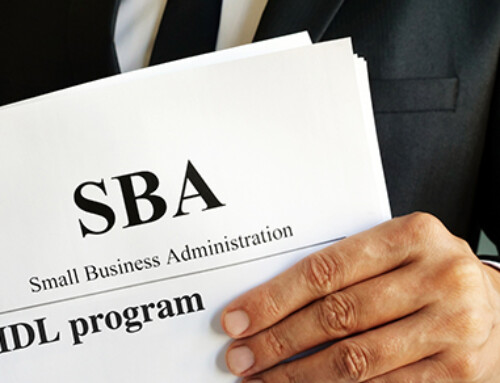The related-party matching rule places your business on the cash method for deducting payments to related cash-method payees. You need to know this rule to avoid unexpected tax results.
Here’s an example of unexpected results:
ABC is a calendar-year accrual-method S corporation. Sam is the sole shareholder and thus related under the matching rule. On December 30, 2017, ABC accrues $5,000 in rent payable to Sam and pays it on January 15, 2018. ABC deducts the rent when it is included in Sam’s income, and that delays the ABC deduction until 2018, creating a mismatch and accounting trouble for the 2017 accrual of the rent expense.
When Are Parties Related?
In an income tax context, related parties include the following:
- An individual and his or her spouse, sibling, parent, child, grandparent, or grandchild
- A C corporation and an individual who owns more than 50 percent in value of the outstanding stock
- An S corporation and a person who owns any stock in the corporation
- A partnership and a person who owns any capital or profit interest in the partnership
- A personal service corporation and any employee-owner, regardless of the amount of stock owned
- A corporation and a partnership, if the same persons own more than 50 percent of the value of the corporation’s stock and the capital or profit interest in the partnership
- Two corporations, if the same persons own more than 50 percent in value of the outstanding stock of each
You likely noted in 2, 3, and 5 above that there is no minimum ownership threshold for S corporations, personal service corporations, and partnerships (including LLCs taxed as partnerships). But a “more than 50 percent” threshold does apply to C corporations and to commonly controlled entities.
Planning Around the Matching Rule
You can dodge the matching rule by
- ensuring that the parties are not related,
- timing payments, and/or
- changing the type of payment.
Remember, your in-laws, aunts, nieces, nephews, and cousins, as well as officers and employees of the business, don’t count as related parties.
Regarding the 50 percent threshold: Assume that you own 56 of the 100 outstanding shares of MNO Inc., a C corporation. You give a niece and a son-in-law three shares each. Since neither is included when applying the constructive ownership rules, you now own 50 percent of MNO. For C corporations, the matching rule kicks in when a person owns more than 50 percent of the stock.
If you have concerns about this rule, let’s review your concerns and make sure you know how to avoid unwanted surprises.





